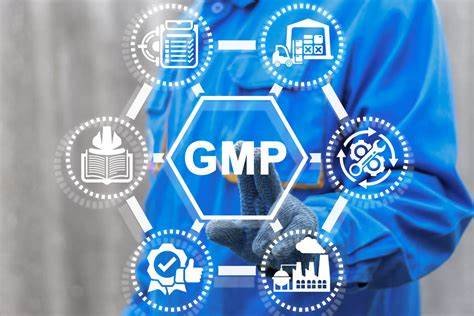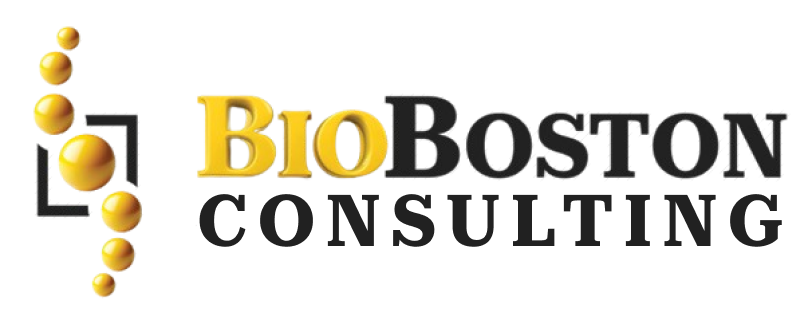Explore the key differences between US and EU Good Manufacturing Practices (GMP). Understand regulatory frameworks, risk management, documentation, and more to ensure compliance in pharmaceutical manufacturing.
The quality, safety, and efficacy of pharmaceutical products are highly regulated by Good Manufacturing Practices (GMPs) throughout the lifecycle of product manufacture. The guidelines establish a set of standards that manufacturers must meet, at a minimum, to ensure high quality in the production process. Although GMPs are followed around the world, this article compares EU and US GMP regulations. Comparing the two and finding out how they differ could offer some useful perspective on regulatory requirements when it comes to pharmaceutical manufacturing.
Scope and Application of US and EU GMPs
Prescription drugs, over-the-counter medicines, biologics, and medical devices are all part of the EU GMP and US GMP. These standards span the entire supply chain, from sourcing of raw materials to final packaging and distribution.
Staff Training and Qualification Requirements
The EU and US GMP guidelines approach the issue of personnel with similar viewpoints: well-trained personnel play a primary role in maintaining GMP standards. It is the responsibility of manufacturers to deliver sufficient training for their workforce to be competent in their work by having the necessary proficiency, skills, and knowledge. The training takes in; GMP principles, hygiene practices and process control, etc.
The annotations evaluate the facility design and maintenance:
There are certain GMPs prescribed in the EU and US regarding facility design and maintenance for maintaining pharmaceutical production environments according to their integrity. These standards require air flow rates, temperature levels, and proper sanitation practices to ensure that the product is not contaminated or cross-contaminated in an ED. Manufacturers must also have policies for equipment calibration, routine maintenance, and validation.
Batch Release and In Process – Quality Control Testing
The batch release and quality control testing required before distributing a product for sale is mandated by both EU rulings (EU GMP) as well as US GMP requirements. Such steps include end-to-end batch sampling and testing of all ingredients to ensure the product identifier, potency, cleanliness, and stability. Although the exact requirements for testing are different in the various territories (EU versus flagship user territory in the US, and others) all regulators share a common aim: to ensure quality and patient safety.
So, what are the commonalities and distinctions between EU GMP and US GMP? Recognizing these patterns, as well as the differences is essential for pharmaceutical companies doing business in global markets.
US vs. EU GMP Regulations: Key Differences and Compliance Insights
The regulatory authority in Europe,is the European Medicines Agency (EMA) supervises pharmaceutical regulations and sets directives for manufacturing sites, distribution sites, and quality control. On the flip side, the US Food and Drug Administration (FDA) enforces GMP in the United States by providing assurance about the quality and safety of pharmaceutical products.
Risk Management: Unlike the amendments, the EU GMPs stress on risk management of quality. They force companies to have a structured way of identifying, evaluating, and mitigating the risks in their manufacturing processes. The American GMPs also focus on risk management but with more liberal use of risk-based techniques in execution.
Documentation and Record Keeping: Manufacturers must keep existing documentation that accurately and completely describes the production of each batch of API, including test results from its laboratory; as well as established quality control documentation. This ensures traceability and a smooth recall process if needed. EU GMPs have a stronger focus on documentation and record-keeping. They are clear on how to write other types of documents such as standard operating procedures (SOPs) and batch records. The US GMPs are broad in the documentation requirements and understandably, may not offer as much detail as EU GMPs. Process Validation: EU GMPs specify a process validation protocol for critical manufacturing processes with established acceptance criteria. In contrast, the US GMPs focus on science- and risk-based process validation, which does not necessarily include formalized plans.
Quality Management Systems (QMS): Pharmaceutical manufacturing facilities in either region must have standard operating procedures (SOPs), periodic audits, and establish units for quality management to supervise compliance with GMP. The EU GMPs mandate that manufacturers have a pharmaceutical quality system (PQS), which contains a suite of Quality management activities. Exporting to the US: The US GMPs require the assignment of a quality control unit (QCU). For the use of quality systems, there is no specific requirement for a PQS. These systems are meant to control the recording, and monitoring of manufacturing processes; thus, ensuring product quality.
Annual Product Quality Review (APQR): EU GMPs require APQR to be prepared and reviewed for every authorized medicinal product. This review aims to evaluate the variation in the manufacturing process, detect changes if any, and viability of older operating modes against new methods being used for its manufacture. The US GMPs do not require an APQR, but these same activities may be performed as part of their quality management systems.
Inspections and Audits :
The EU GMPs concentrate more on scheduled Regulatory Inspections which are much more frequent compared to the US-based inspections. The FDA in the US inspects facilities (following a risk-based approach, high-risk first or purposefully moved to model quality systems that have historically not complied) and annexes for product-specific guidelines. The GMPs in the EU go into greater depth about product-specific guidelines providing standards, known as annexes, for specific types of products like sterile medicinal products or investigational medicinal products.
Different Product Types; Basics
The US GMPs do not have detailed whether the product is liquid or solid but benefit from having specific recommendations for different types of products.
General GMP requirements.
By following the relevant GMP guidelines, manufacturers can produce pharmaceutical products that are safe and effective and also assureregulatory bodies in the EU & US that their products meet strict requirements. In the end, the convergence of GMP criteria worldwide means more medicine for patients and therapies that are safe and successful.
Conclusion
Pharmaceutical Manufacturer in an EU and US GMP Conundrum?
Compliance is to be taken care of by experts in the industry and help you Smooth your operations.
Contact us today at BioBoston Consulting to talk about your GMP compliance requirements


